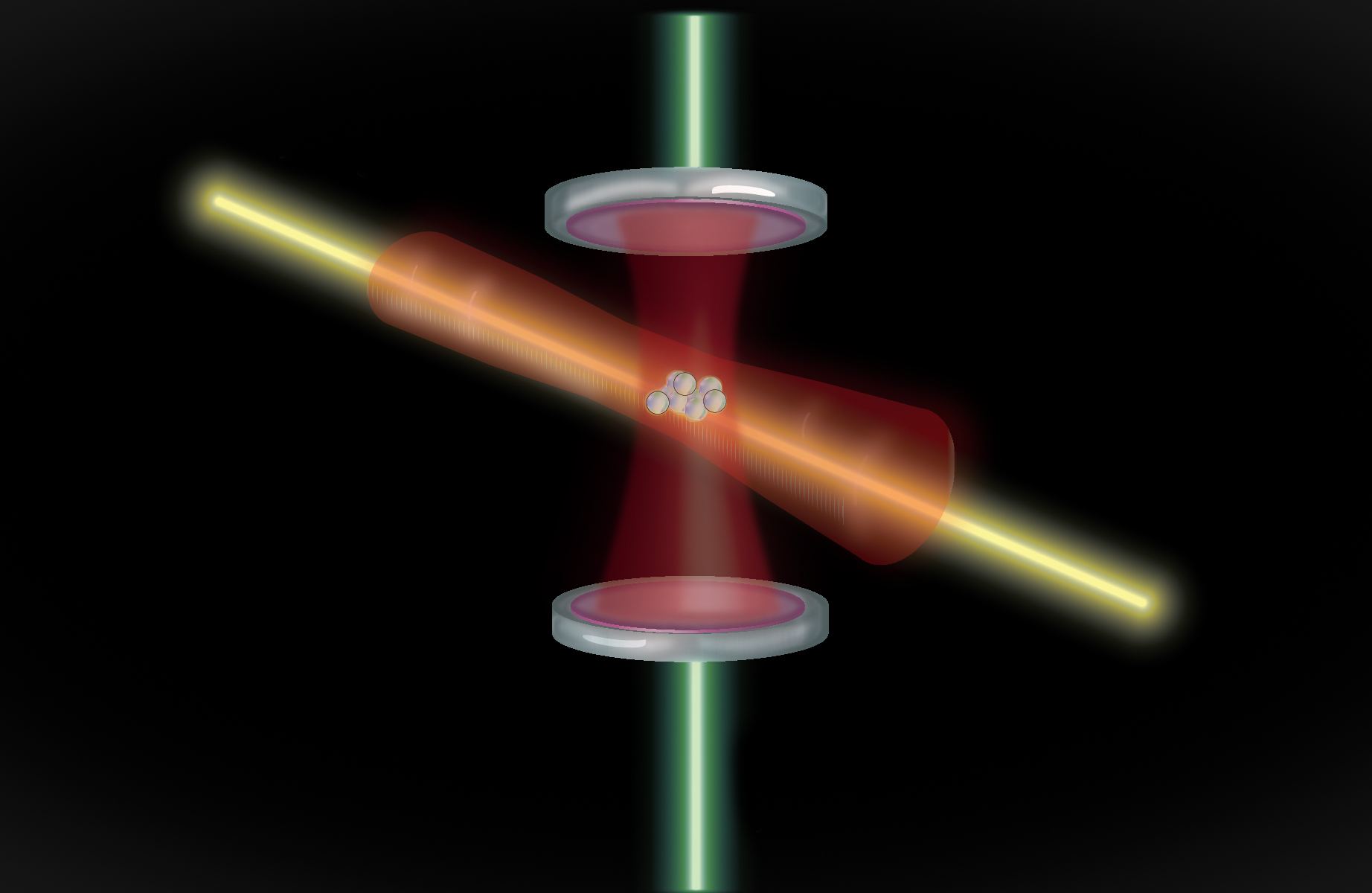String theory found its origins in an attempt to understand the nascent experiments revealing the strong nuclear force. Eventually another theory, one based on particles called quarks and force carriers called gluons, would supplant it, but in the deep mathematical bones of the young string theory physicists would find curious structures, half-glimpsed ghosts, that would point to something more. Something deeper.
Continue reading “Why String Theory Requires Extra Dimensions”Scientists are Recommending IceCube Should be Eight Times Bigger

The IceCube Neutrino Observatory, operated by the University of Wisconsin-Madison (UW-M), located at the Amundsen–Scott South Pole Station in Antarctica, is one of the most ambitious neutrino observatories in the world. Behind this observatory is the IceCube Collaboration, an international group of 300 physicists from 59 institutions in 14 countries. Relying on a cubic kilometer of ice to shield from external interference, this observatory is dedicated to the search for neutrinos. These nearly massless subatomic particles are among the most abundant in the Universe and constantly pass through normal matter.
By studying these particles, scientists hope to gain insight into some of the most violent astrophysical sources – such as supernovae, gamma-ray bursts, merging black holes and neutron stars, etc. The group of scientists tasked with advising the U.S. government on particle physics research is known as the Particle Physics Project Prioritization Panel (P5). In a recent draft report, “Pathways to Innovation and Discovery in Particle Physics,” the P5 team recommended a planned expansion of IceCube. This recommendation is one of several that define the future of astrophysics and particle physics research.
Continue reading “Scientists are Recommending IceCube Should be Eight Times Bigger”Communicating With a Relativistic Spacecraft Gets Pretty Weird

Someday, in the not-too-distant future, humans may send robotic probes to explore nearby star systems. These robot explorers will likely take the form of lightsails and wafercraft (a la Breakthrough Starshot) that will rely on directed energy (lasers) to accelerate to relativistic speeds – aka. a fraction of the speed of light. With that kind of velocity, lightsails and wafercraft could make the journey across interstellar space in a matter of decades instead of centuries (or longer!) Given time, these missions could serve as pathfinders for more ambitious exploration programs involving astronauts.
Of course, any talk of interstellar travel must consider the massive technical challenges this entails. In a recent paper, a team of engineers and astrophysicists considered the effects that relativistic space travel will have on communications. Their results showed that during the cruise phase of the mission (where a spacecraft is traveling close to the speed of light), communications become problematic for one-way and two-way transmissions. This will pose significant challenges for crewed missions but will leave robotic missions largely unaffected.
Continue reading “Communicating With a Relativistic Spacecraft Gets Pretty Weird”The Second Most Energetic Cosmic Ray Ever Found

“Oh My God,” someone must have said in 1991 when researchers detected the most energetic cosmic ray ever to strike Earth. Those three words were adopted as the name for the phenomenon: the Oh-My-God particle. Where did it come from?
Continue reading “The Second Most Energetic Cosmic Ray Ever Found”Why Even Einstein Couldn’t Unite Physics
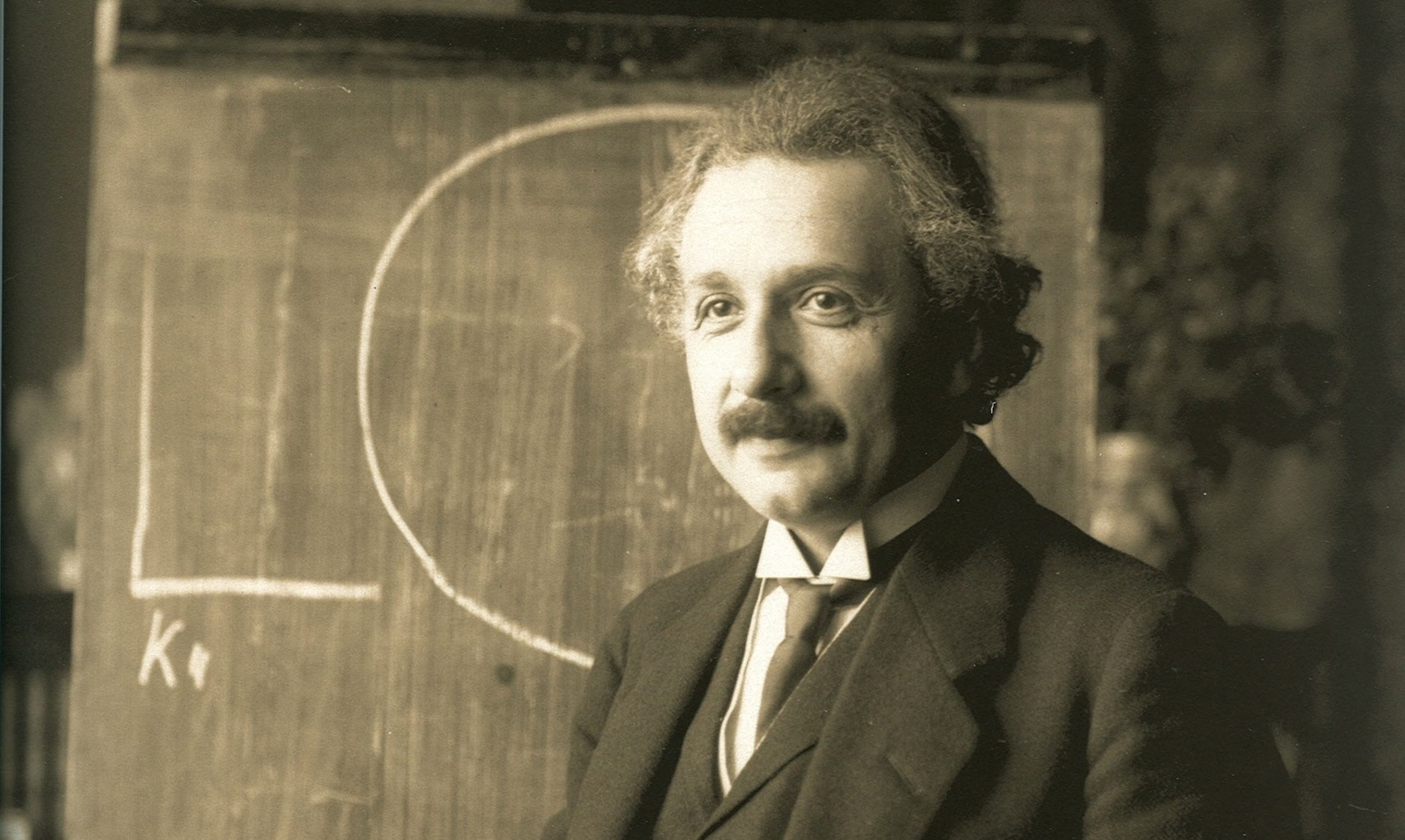
Near the end of his life Einstein worked tirelessly to find a way to unite electromagnetism with gravity. He could not, and never did, the notes scattered on his desk scrawled with fruitless probes and useless hypotheticals. Indeed, Einstein passed without even understanding why the two forces could not be united.
Continue reading “Why Even Einstein Couldn’t Unite Physics”How Einstein Unlocked the Quantum Universe and Created the Photon
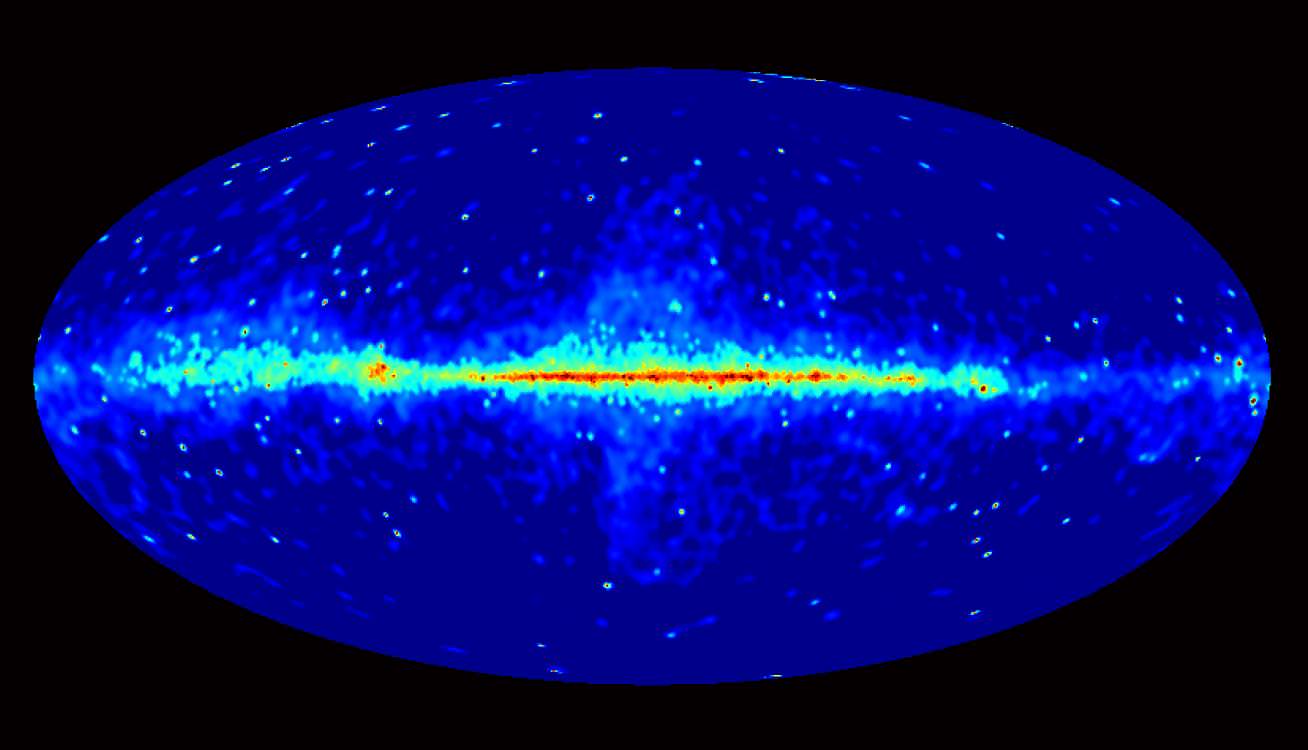
It started with a simple experiment that was all the rage in the early 20th century. And as is usually the case, simple experiments often go on to change the world, leading Einstein himself to open the revolutionary door to the quantum world.
Continue reading “How Einstein Unlocked the Quantum Universe and Created the Photon”How to Think About a Four-Dimensional Universe
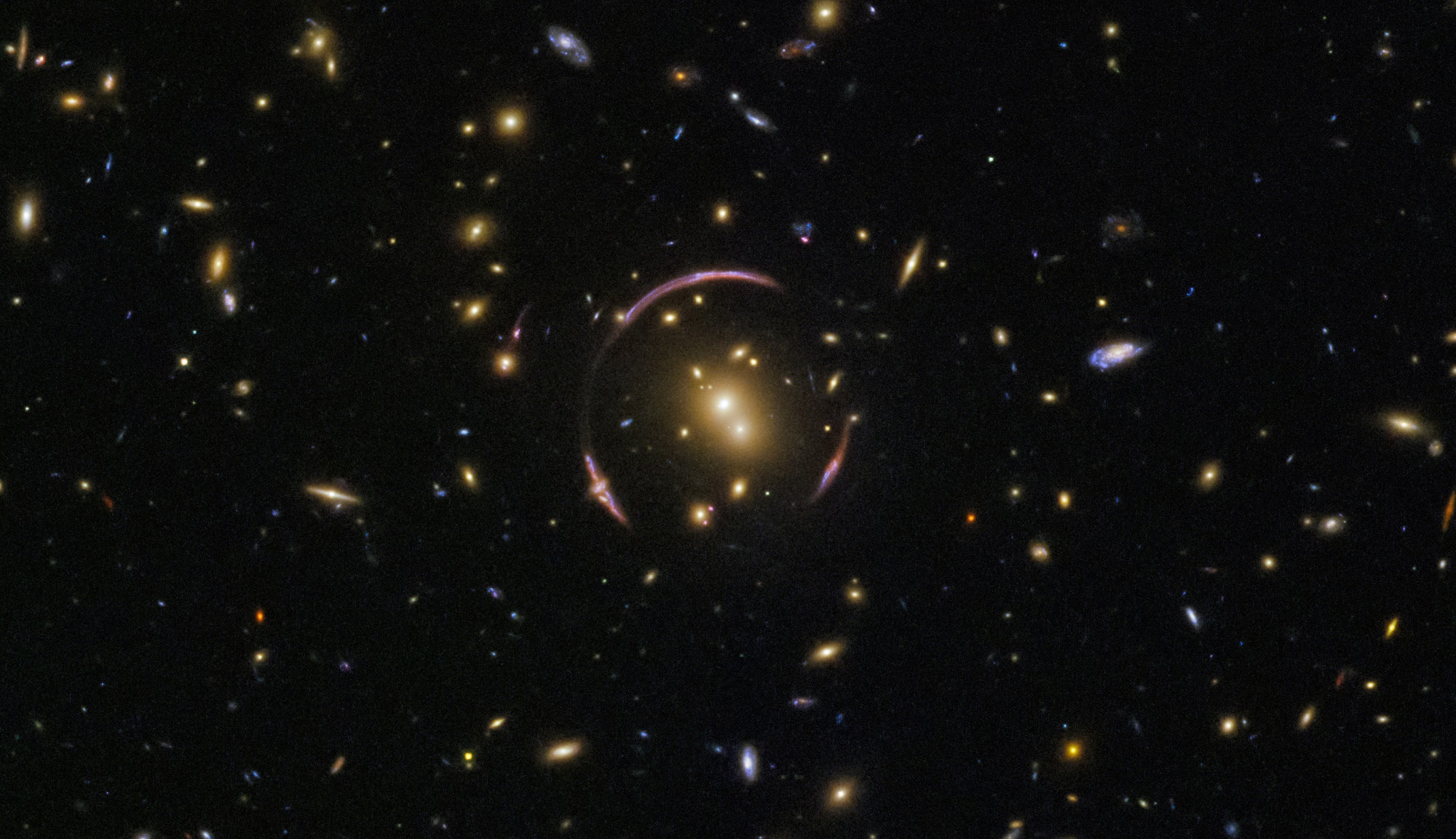
In Einstein’s famous theory of relativity the concepts of immutable space and time aren’t just put aside, they’re explicitly and emphatically rejected. Space and time are now woven into a coexisting fabric. That is to say, we truly live in a four-dimensional universe. Space and time alone cease to exist; only the union of those dimensions remains.
Continue reading “How to Think About a Four-Dimensional Universe”Is Anything Absolute with Relativity?
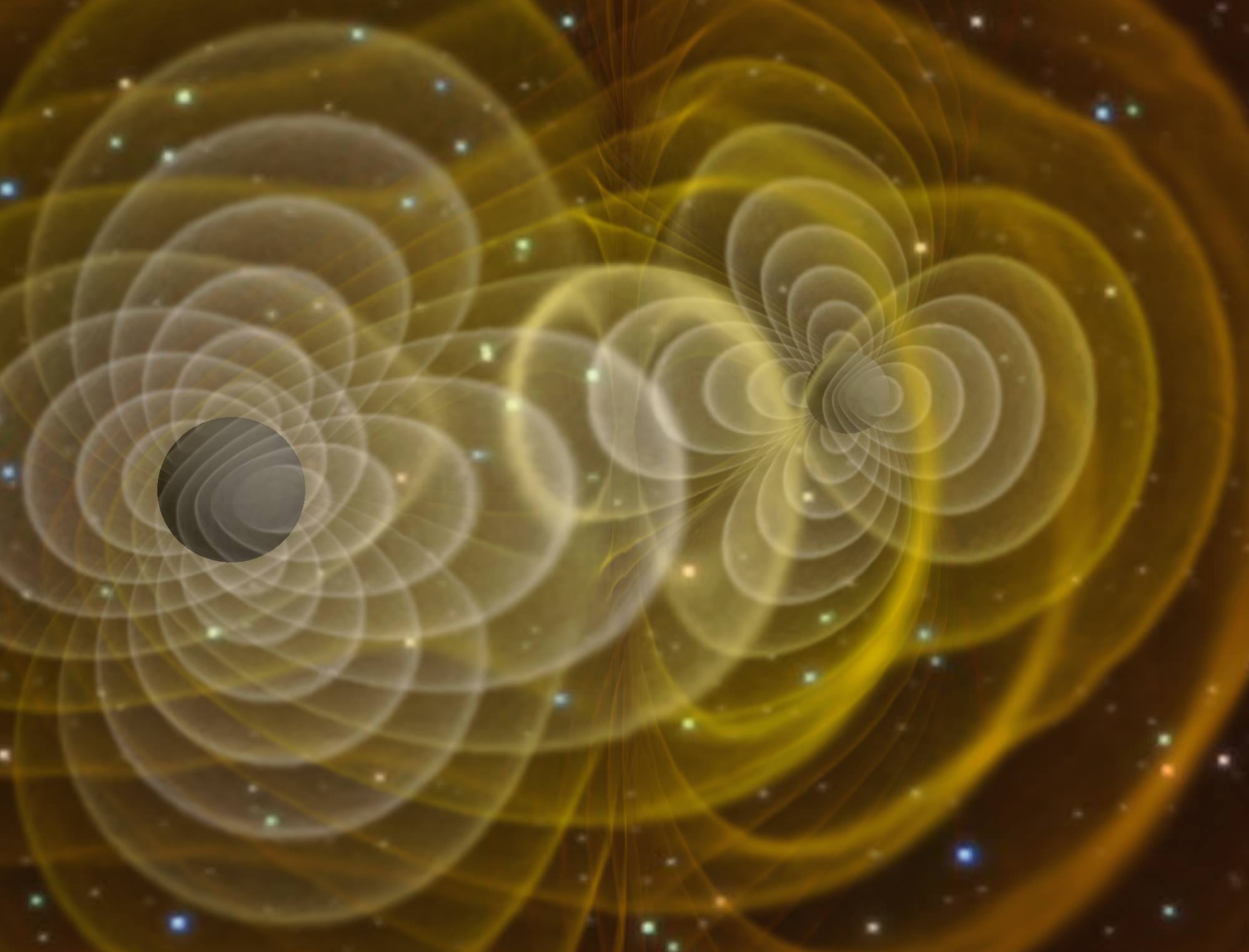
The theory of relativity is at once simple and elegant but also maddeningly nonintuitive. There’s no need to get into the full guts and glory of that theory here, but there is one feature of Einstein’s work that takes center stage, and would eventually lead him into a complete reshaping of Newton’s gravity, altering our very conceptions of the fabric of the universe.
Continue reading “Is Anything Absolute with Relativity?”How Einstein’s Daydream of Light Created Relativity
Einstein’s fascination with light, considered quirky at the time, would lead him down the path to a brand new theory of physics.
Continue reading “How Einstein’s Daydream of Light Created Relativity”‘Her Space, Her Time’ Reveals the Hidden Figures of Physics
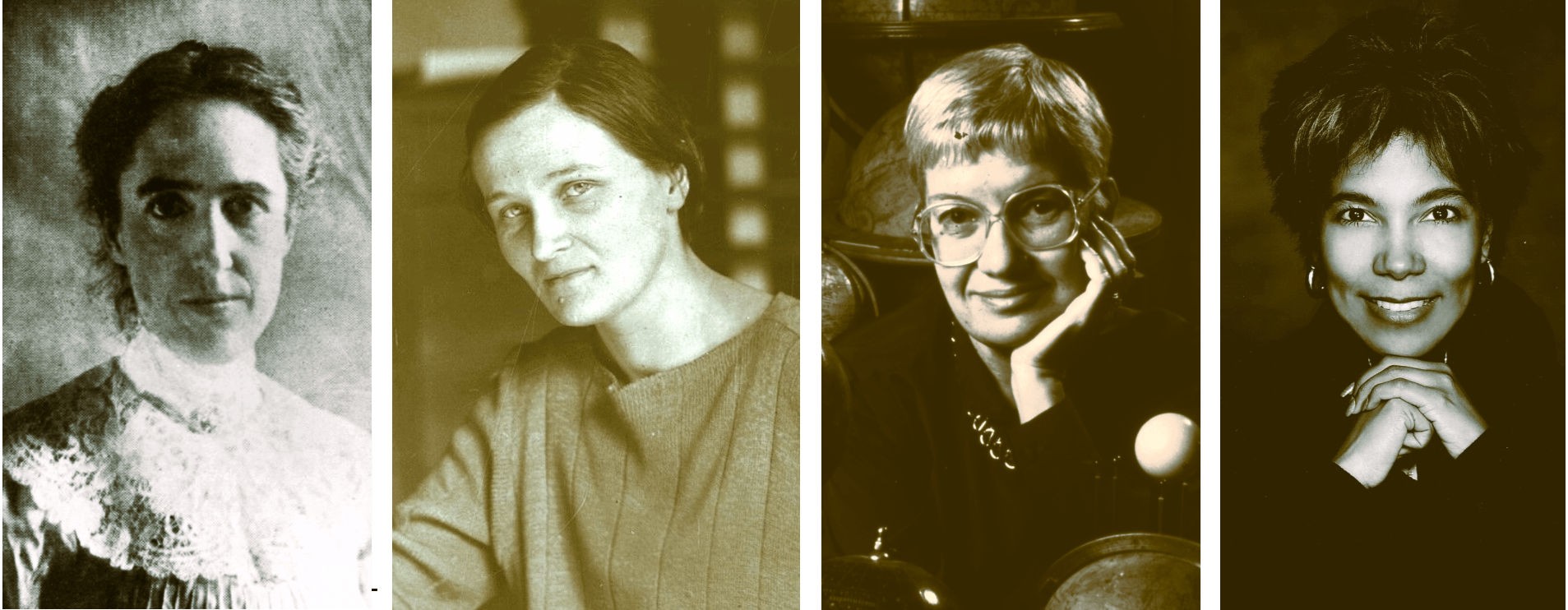
Quick: Name a woman scientist.
Chances are the name you came up with is Marie Curie, the physicist and chemist who won two Nobel Prizes more than a century ago for the discoveries she and her husband Pierre made about radioactivity.
But who else? In a new book titled “Her Space, Her Time,” quantum physicist Shohini Ghose explains why women astronomers and physicists have been mostly invisible in the past — and profiles 20 researchers who lost out on what should have been Nobel-level fame.
“This issue around having low representation of women in physics is something that’s common all around the world,” Ghose says in the latest episode of the Fiction Science podcast. “And I’ve certainly faced it in my own experiences as a physicist growing up. I really didn’t know of any woman physicist apart from Marie Curie.”


